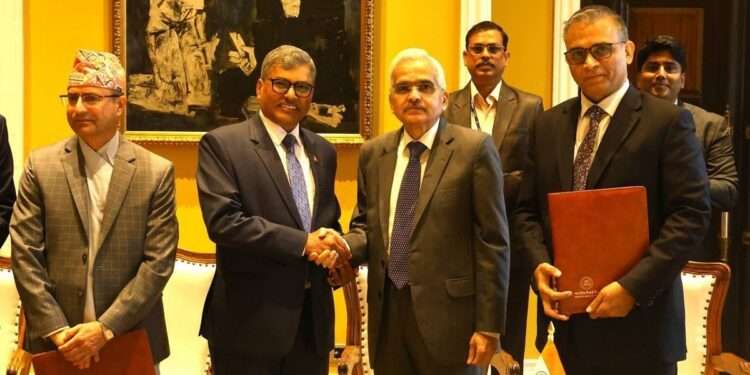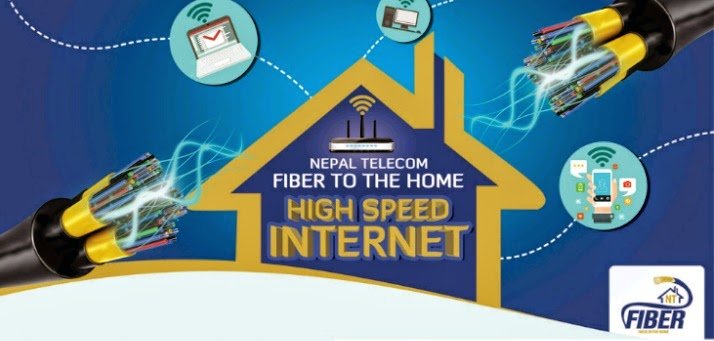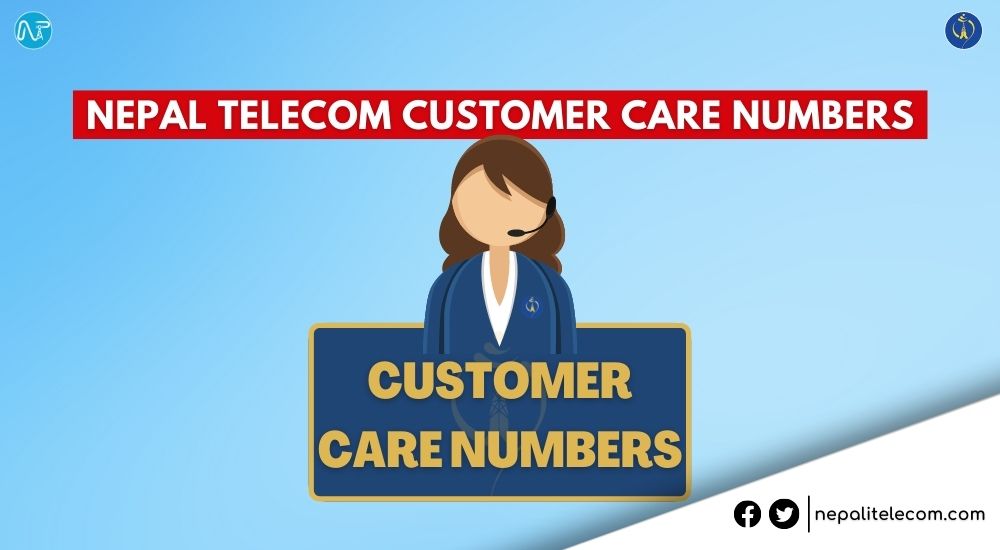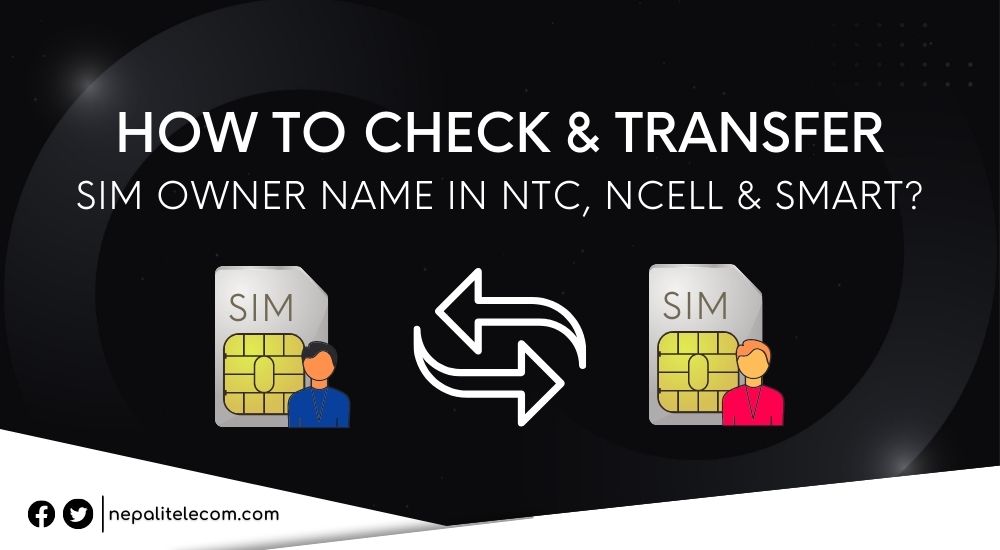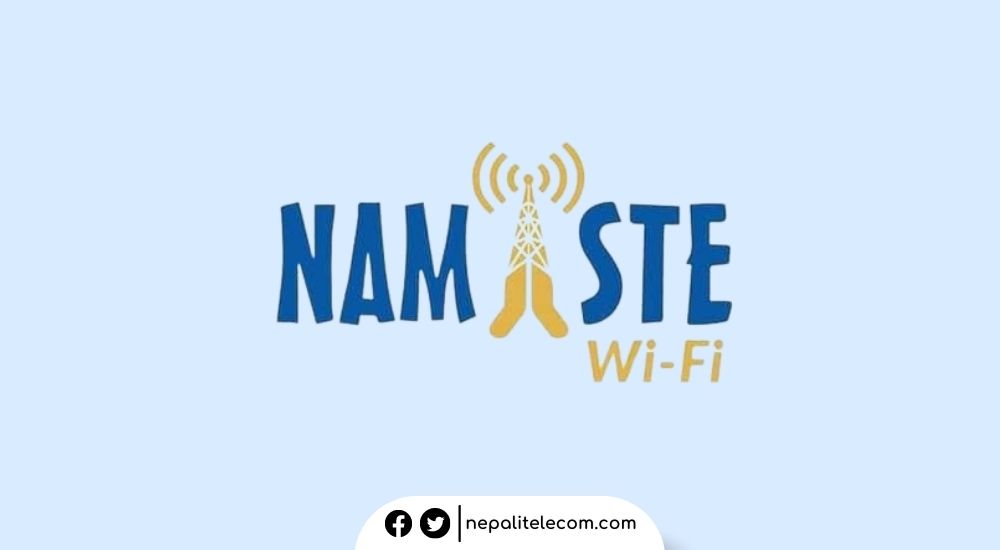The cross-border payment between India and Nepal has begun from February 28, 2024 (Wednesday). This revolutionary inter-country digital payment will enable Nepalese and Indians to pay via their devices when they are in India and Nepal. Nepal’s Fonepay and India’s National Payments Corporation of India (NPCI) reached an agreement that officially begins the digital payment between the two countries.
Earlier, the federal banks of Nepal and India- Nepal Rastra Bank (NRB) and the Reserve Bank of India (RBI) signed the terms of reference (ToR) to expedite the much-anticipated transaction service. The ToR made way for the integration of digital payment services for India’s Unified Payments Interface (UPI) and Nepal’s National Payments Interface (NPI). Now people from both countries will be able to scan QR and pay via their smartphones.
After the ToR agreement, India’s central bank RBI said that the collaboration for this cross-border payment system deepens the historical, cultural, and economic linkage between the two countries. Probably, this historically significant bilateral cooperation will bring the two economies together and help promote financial inclusion for more people.
Digital payments can be initiated in both countries through NCHL in Nepal and NPCI-affiliated banks financial institutions and payment platforms in India. Prior to this, only a card payment facility was in place for the two neighboring South Asian countries.
There is also a transaction limit for Nepali citizens visiting India. They can withdraw up to Rs 15,000 a day and up to Rs 1 lakh a month from ATM. Although, for medical reasons, this restriction won’t apply.
Check out: India’s RuPay Launches in Nepal | Cross-Border Payment
How does cross-border payment between Nepal and India work?
Now that the cross-border payment has begun, it will allow nationals from both countries to use payment networks to process electronic transactions. Indian users of BHIM and PhonePe will now be able to pay in Nepal for products and services by scanning QR codes. For this, they need to activate UPI payments on their BHIM and PhonePe apps.
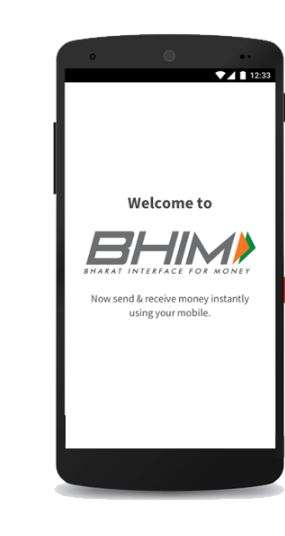
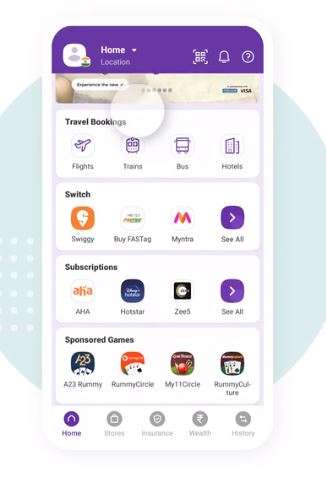
Nepalese though will have to wait a while to be able to make payments in India under this revolutionary initiative. Fonepay which facilitates digital payment is waiting on approval from Nepal Rastra Bank (NRB). The prominent payment operator will allow Nepalese to pay in India on Nepali digital wallets and mobile banking apps when the cross-border payment begins from Fonepay’s side. Khalti, eSewa, and various banks have already signed up to enable online payment in India through Fonepay QR.
Both Nepal and India allow payments, which would greatly benefit people from both countries. Subscribers will be able to use mobile banking apps and digital wallets to pay at merchants, restaurants, cinemas, hotels, departmental stores, etc. But this has become possible with years of planning and action. Earlier, Nileshman Singh Pradhan, Chief Executive Officer (CEO) of Nepal Clearing House Limited (NCHL), the operator of the government payment system on behalf of Nepal, and Ritesh Shukla, CEO of NPCI on behalf of India, signed the agreement papers for this same initiative. Likewise, PM Pushpa Kamal Dahal “Prachanda” and his Indian counterpart Narendra Modi also substantiated developments during the former’s visit to India last June.
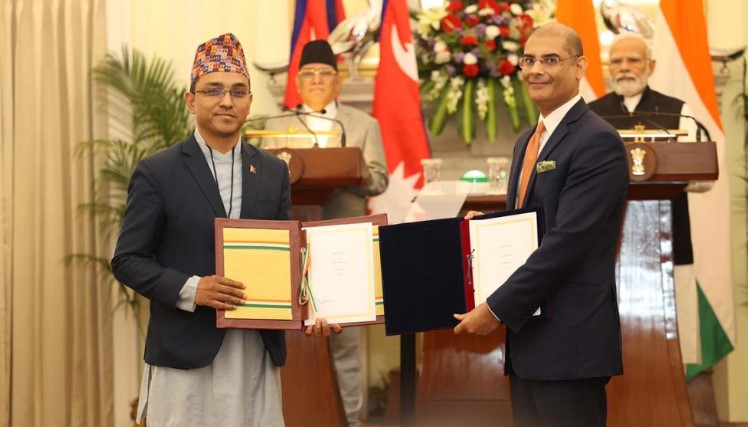
What has been said?
Biswas Dhakal, chairman of FonePay and chairman of F1Soft Group said, “The launch of this cross-border payment system is an important step towards enhancing financial connectivity between Nepal and India using technology for the benefit of the citizens of both countries. I am confident that this initiative will contribute significantly to the development of trade, tourism, and economic relations between the two countries and ultimately promote prosperity and development.”
Chief Operation Officer (COO) Paras Kunwar said the QR codes which will facilitate cross-border payments are interoperable. He shared that to use FonePay QR for payment, Nepalese banks financial institutions, and mobile wallets must submit an application. After this, the PSO will grant approval enabling Nepali nationals to pay digitally in India.
Also read: Digital Wallets Can Merge as NRB Clears The Way for PSPs and PSOs
Another Milestone For the Digital Economy
The transaction interoperability between Nepali and Indian mobile payment platforms will be another milestone for a cashless economy. Implementation of this cross-country payment will greatly influence the digital economy and help realize the government’s Digital Nepal framework. A huge number of Nepali and Indian citizens frequent between the two countries for work, travel, and studies. The cross-border payment will add a new dynamic to the two country’s relationship as well as promote the digital economy.
What do you think of Nepal-India cross-border digital payment finally starting? Would you rather wish that NRB already approved of Fonepay to facilitate payment in India? Do share your inputs on this revolutionary beginning of the digital economy milestone between these two neighboring countries in the comments below.


